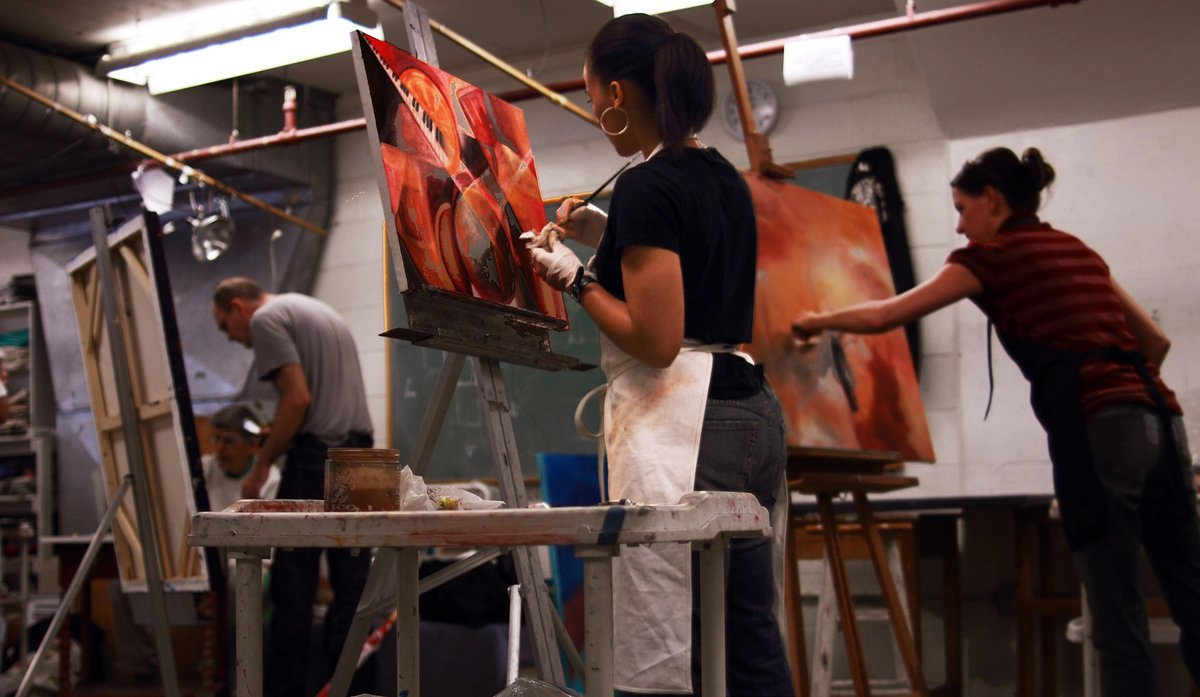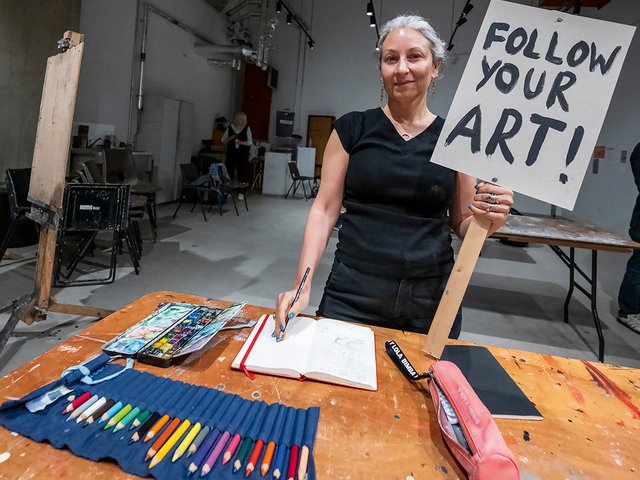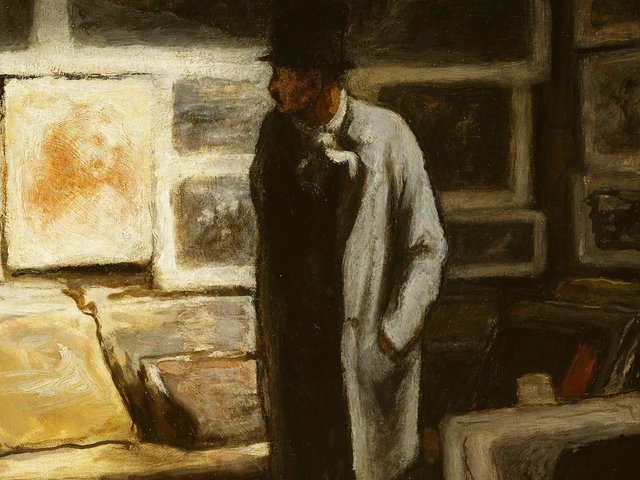Soon after last November’s set of evening auctions in New York, at which more than 40 works publicly sold for more than $10m and a few for more than $100m, I got a call from the principal of an art school—Rob Pepper at Art Academy London—to ask me, as a trustee, “How can we get just a tiny bit of that money?” His institution, founded in 2000, is now in the middle of a £4m fundraising campaign to support its expansion. It is not easy. In the thick of a post-Covid cost-of-living crisis, they are not the only charity in need of money just now—in the arts and elsewhere. I did not have an answer.
Around the same time, I met the director of a respected London museum who, like many, is facing the twin challenges of Arts Council funding disappearing from the capital and dramatically rising energy bills. She too mentioned the eye-popping New York auctions.
Wider politics are not helping. Art schools, like all UK universities, are currently in the crossfire when it comes to their overseas students. These are often the most lucrative for institutions but are also an easy win for a government looking to reduce its immigration figures. The noises about turning away foreign students might be a bluff, but they add to a groundswell of insecurity. Meanwhile, when money does come the way of our publicly funded institutions, it is often attached to an agenda—and called out as such.
Frustration at the coalface
Buyers help to motor the art world machine, particularly—I would argue—at the top end of the market, as these visible sales can create attention that art doesn’t always attract. But they also create frustration for those at the coalface of the system. As I increasingly hear such sentiments, I wonder, have people forgotten where art comes from in the first place? And how it was validated to the extent that it now commands such high prices? The logical conclusion to the current dynamics is that we get a shrinking pool of market-approved art to trade, which doesn’t sound much fun to me.
So as we start a new year, I’d like to see the wealthy resolve to put a little bit of the money they would spend on owning art directly into keeping it being made and received. It is less glamorous and nowhere near as much fun as an addictive auction or some of the genuine pleasures of collecting—including all the accompanying dinners and exclusive events, if that’s your thing. It would, however, help to redress an increasingly stark imbalance of a market disconnected from its ecosystem. And perhaps, we—the general public, Twitterati and professional commentators—could acknowledge that when donated money comes in from corporates or private individuals, it is generally a good thing rather than creating an environment in which donors are automatically defensive. Scrutiny of sources is absolutely necessary, but so is giving museum directors and their boards the benefit of the doubt. Our shared interest, surely, is to keep art alive.







